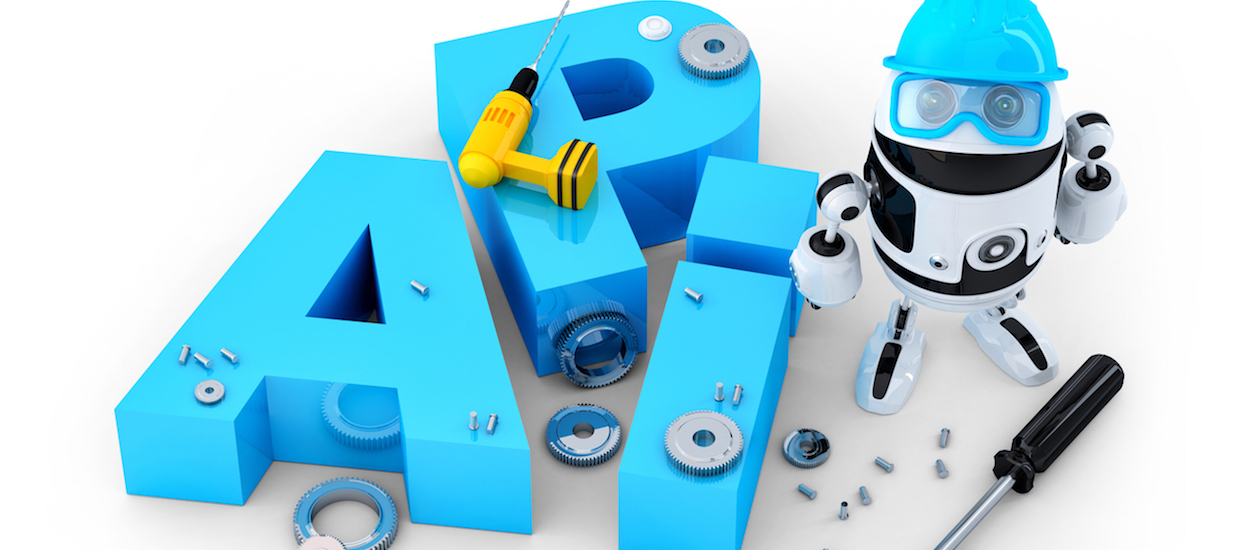For over thirty years, software development has witnessed a rapid evolution leading to systems of increased complexity and functional sophistication. APIs (Application Programming Interfaces) have played a key role in this evolution, as they have enabled effective communication between different software systems. APIs form the backbone of distributed systems: they facilitate the interaction and integration of various distributed components and services. The latter integration has been driven by the rising complexity and distribution of software systems, which tend to be connected to internet-based networks. The integration of diverse, distributed, internet connected systems asks for efficient and flexible APIs and is driving a constant evolution in APIs towards integrating and navigating related datasets that reside in distributed systems.
Importance of APIs in Distributed Systems
APIs are essential for the development and operation of distributed systems. They provide a standardized way for different software components to communicate, regardless of the language or platform they are built on. This enables interoperability, which is crucial for building systems that require the integration of various services and components. More specifically, the use of APIs enables:
- Loose Coupling: Based on properly defined interfaces, APIs allow different components of a system to interact without being tightly coupled. This means that changes in one component do not necessarily affect others, which makes the overall system more flexible and easier to maintain. For instance, APIs make it easier for different teams to develop individual parts of a larger system independently.
- Scalability: APIs facilitate the scaling of systems by allowing components to be distributed across different servers or even geographical locations. This distribution helps in handling increased loads and improving performance, especially in the case of very large-scale systems.
- Reusability: APIs enable the reuse of existing functionalities across different applications. This reduces development time and effort, as well as the respective costs.
The Benefits of RESTful APIs
Nowadays, most APIs are structured and implemented according to a RESTful approach. REST (Representational State Transfer) is an architectural style that has become the standard for designing networked applications. RESTful APIs are based on HTTP calls, making them simple and easy to use. Some of the key benefits of RESTful APIs include:
- Statelessness: Each request from a client to a server must contain all the information needed to understand and process the request. This statelessness simplifies server design and improves scalability.
- Cacheability: RESTful responses can be cached to improve performance. This is particularly beneficial for reducing server load and improving response times.
- Uniform Interface: RESTful APIs use standard HTTP (HyperText Transport Protocol) methods (GET, POST, PUT, DELETE), which provide a uniform and widely known interface for interacting with resources. This consistency makes APIs easier to understand and use.
- Flexibility: RESTful APIs can handle a wide range of data formats, including JSON (JavaScript Object Notation) and XML (eXtensible Markup Languages), which makes them versatile for different applications.
The Evolution to GraphQL
While RESTful APIs have been widely adopted, they have limitations, especially when dealing with complex queries and interconnected data. This is where GraphQL[1] comes into play. Developed by Facebook in 2015, GraphQL is a query language for APIs that allows clients to request exactly the data they need, no more and no less. This flexibility addresses several limitations of REST:
- Over-fetching and Under-fetching: In REST, clients often receive more data than needed (over-fetching) or need to make multiple requests to get all the required data (under-fetching). GraphQL solves this by allowing clients to specify exactly what data they need in a single query.
- Complex Queries: GraphQL is designed to handle complex queries involving multiple resources. It allows clients to retrieve related data in a single request. This reduces the number of API calls and improves overall performance.
- Schema and Type System: GraphQL APIs are strongly typed, with a schema that defines the types of data that can be queried. This schema provides a clear contract between the client and server, which improves reliability and ease of use.
The Importance of GraphQL for Navigating Interconnected Services
As systems become more interconnected, the ability to efficiently navigate and query related data becomes increasingly important. GraphQL excels in this area by providing:
- Introspection: GraphQL APIs are self-documenting, allowing clients to query the schema for available types and operations. This introspection capability makes it easier for developers to understand and use the API.
- Real-time Data: GraphQL supports real-time data updates through subscriptions, allowing clients to receive updates when data changes. This feature is particularly useful for applications that require live data, such as chat applications or live sports updates.
- Tooling and Ecosystem: The GraphQL ecosystem includes a wide range of tools and libraries that simplify the development and testing of APIs. These tools enhance productivity and help developers build robust APIs.
The evolution from REST to GraphQL represents a significant shift in how APIs are designed and used. While RESTful APIs remain a popular choice for many applications, GraphQL offers a powerful alternative for scenarios that require complex queries and real-time data. The future of API development will likely involve a combination of both approaches, with developers choosing the best tool for their specific needs. In the coming years, we expect that the demand for more efficient and flexible APIs will continue to grow, which is likely to drive further innovations in this space. Technologies like GraphQL are paving the way for more dynamic and interactive applications. As such they enable developers to build systems that are not only more powerful but also easier to maintain and scale.
In conclusion, the transition from REST to GraphQL reflects the ongoing evolution of API development. Based on a thorough understanding of the strengths and limitations of each approach, developers can make informed decisions that best meet the needs of their applications and users. Despite the revolutionary changes in the software development landscape, we anticipate that APIs will continue to play an important role as critical components of distributed systems that drive innovation and enable novel instances of distributed systems that were hardly possible few years ago.
[1] Kim, Y.W., Consens, M.P., & Hartig, O. (2019). An Empirical Analysis of GraphQL API Schemas in Open Code Repositories and Package Registries. Alberto Mendelzon Workshop on Foundations of Data Management.









RdIPOjgDFZicf